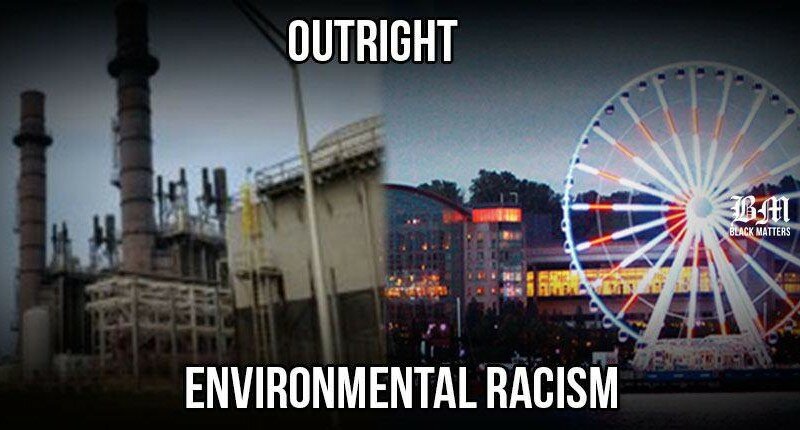Environmental Racism: 5th Power Plant Approved In A Black Community
Residents of Brandywine have sued the State of Maryland for approving the plans for a new gas plant in their community.
Brandywine is an unincorporated small area in Prince George’s County, Maryland. 72 percent of its residents are black people. As though they have not had enough of environmental pollution with the 4 power plant that has been established, the state has approved a 5th power plant.
Residents have filed civil rights lawsuit against the state of Maryland. Its Public Service Commission gave Pauda Power Funds a permit to build the 900-megawatt, gas-fired power plant last November. The Baltimore Sun reported that “the proposed Panda Mattawoman plant, when completed will be the 5th plant within a 13-mile radius of the city”.
“Brandywine seems to be getting more than its share of heavy industry and power generating uses,” Fred Tutman, founder and CEO of Patuxent Riverkeeper, said. “National experience teaches us that projects like high-polluting power plants typically go to areas with the least political power and the most people of color—and also in neighborhoods where the clean air, water and open space are most at risk.”
“It is time for honest conversation about the future of Brandywine and its residential population with respect to fairness, equity and self-determination,” he continued.
A study from the University of Minnesota found out that nonwhite communities are exposed to nitrogen dioxide (NO2) at a comparative rate of 38% higher than white communities. This has also accounted for the death of 7000 people annually.
Environmental racism is a systematic problem in the United States. Socially and economically disadvantaged people disproportionately live in close proximity to hazardous facilities of all kinds. For example in Chester, Pennsylvania (75% of population are Black Americans) the average household income is less than $30,000 with regards to 2010 census. Also, the case of Flint, Michigan, residents have been exposed to toxic levels of lead through the tap water.
Share this article and help to fight against environmental racism in our communities.






